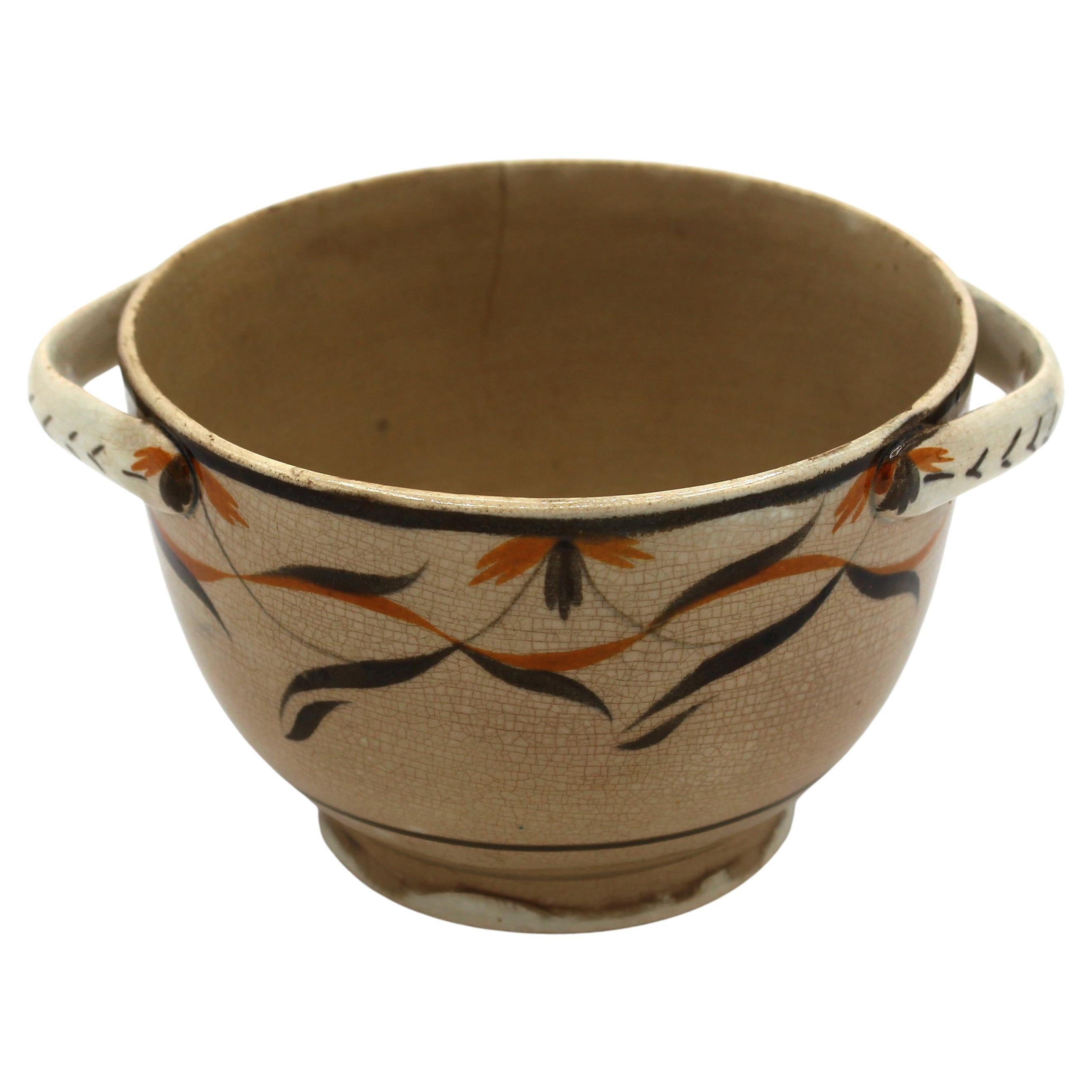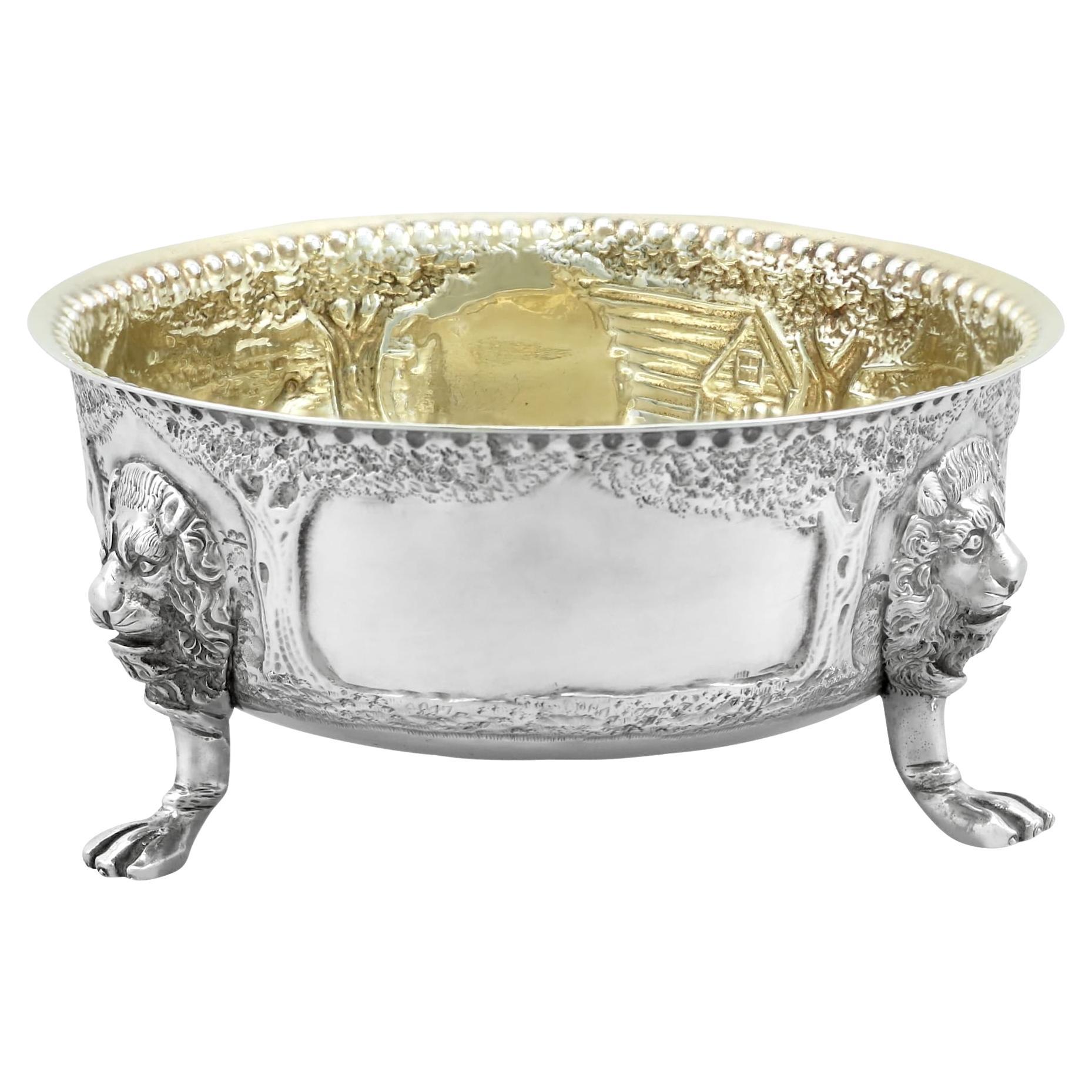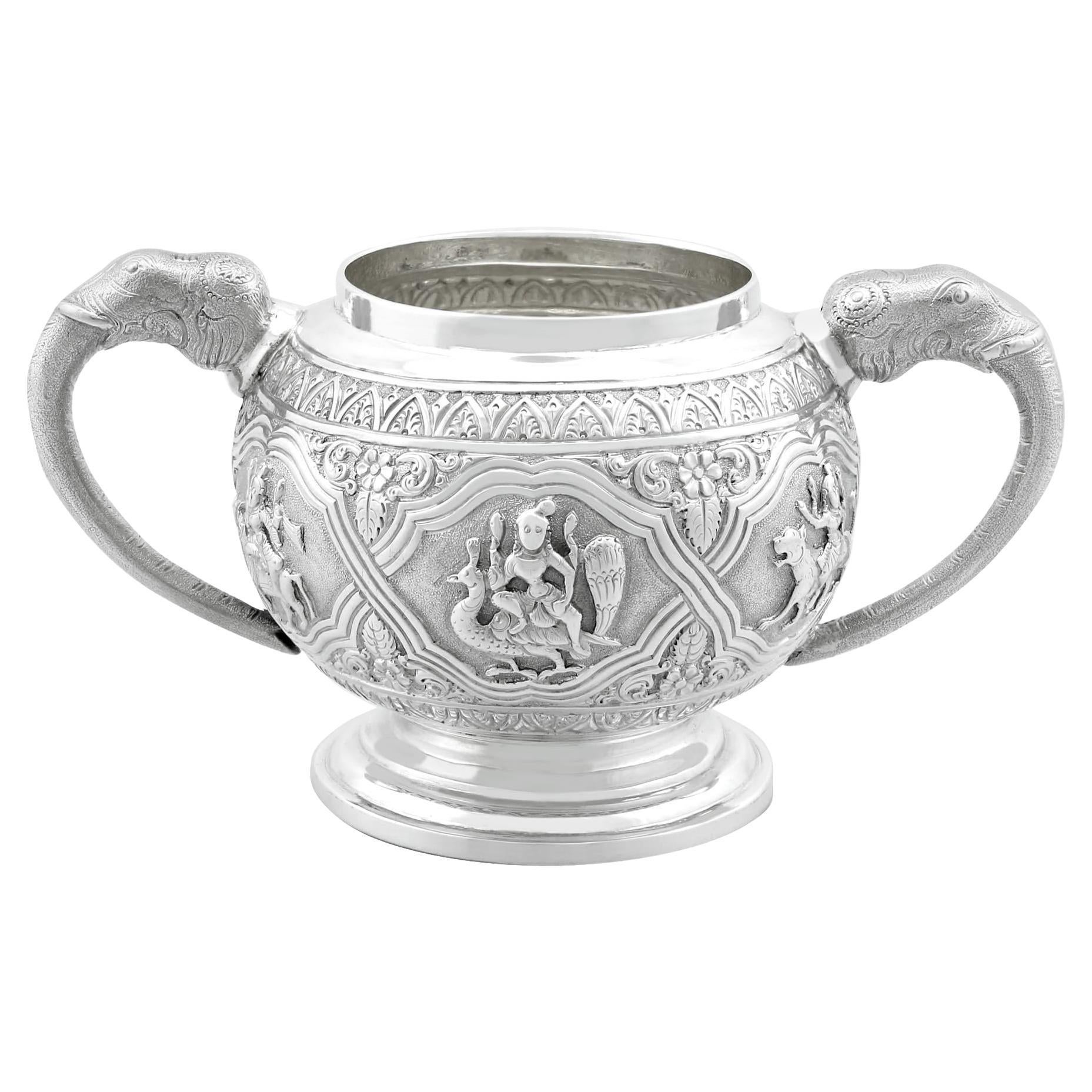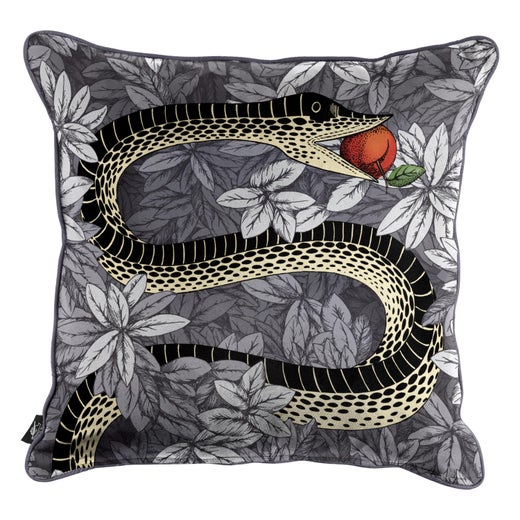Astronomici Sugar bowl
About the Item
- Creator:Fornasetti (Designer)
- Dimensions:Height: 5.12 in (13 cm)Width: 7.09 in (18 cm)Depth: 2.76 in (7 cm)
- Materials and Techniques:
- Place of Origin:
- Period:
- Date of Manufacture:contemporary
- Production Type:New & Custom(Current Production)
- Estimated Production Time:1-2 weeks
- Condition:
- Seller Location:Milan, IT
- Reference Number:
Fornasetti
The Italian artist, illustrator and furniture maker Piero Fornasetti was one of the wittiest and most imaginative design talents of the 20th century. He crafted an inimitable decorative style from a personal vocabulary of images that included birds, butterflies, hot-air balloons, architecture and — most frequently, and in some 500 variations — an enigmatic woman’s face based on that of the 19th-century opera singer Lina Cavalieri. Fornasetti used transfer prints of these images, rendered in the style of engravings, to decorate an endless variety of furnishings and housewares that ranged from chairs, tables and desks to dinner plates, lamps and umbrella stands. His work is archly clever, often surreal and always fun.
Fornasetti was born in Milan, the son of an accountant, and he lived his entire life in the city. He showed artistic talent as a child and enrolled at Milan’s Brera Academy of Fine Art in 1930, but was expelled after two years for consistently failing to follow his professors’ orders. A group of his hand-painted silk scarves, displayed in the 1933 Triennale di Milano, caught the eye of the architect and designer Gio Ponti, who, in the 1940s, became Fornasetti’s collaborator and patron. Beginning in the early 1950s, they created a striking a series of desks, bureaus and secretaries that pair Ponti’s signature angular forms with Fornasetti’s decorative motifs — lighthearted arrangements of flowers and birds on some pieces, austere architectural imagery on others. The two worked together on numerous commissions for interiors, though their greatest project has been lost: the first-class lounges and restaurants of the luxury ocean liner Andrea Doria, which sank in 1956.
Fornasetti furnishings occupy an unusual and compelling niche in the decorative arts: they are odd yet pack a serious punch. They act, essentially, as functional sculpture. A large Fornasetti piece such as a cabinet or a desk can change the character of an entire room; his smaller works have the aesthetic power of a vase of flowers, providing a bright and alluring decorative note. The chimerical, fish-nor-fowl nature of Fornasetti’s work may be its greatest strength. It stands on its own. Bringing the Fornasetti look into the future is Barnaba Fornasetti, who took the reins of the company after his father's death.
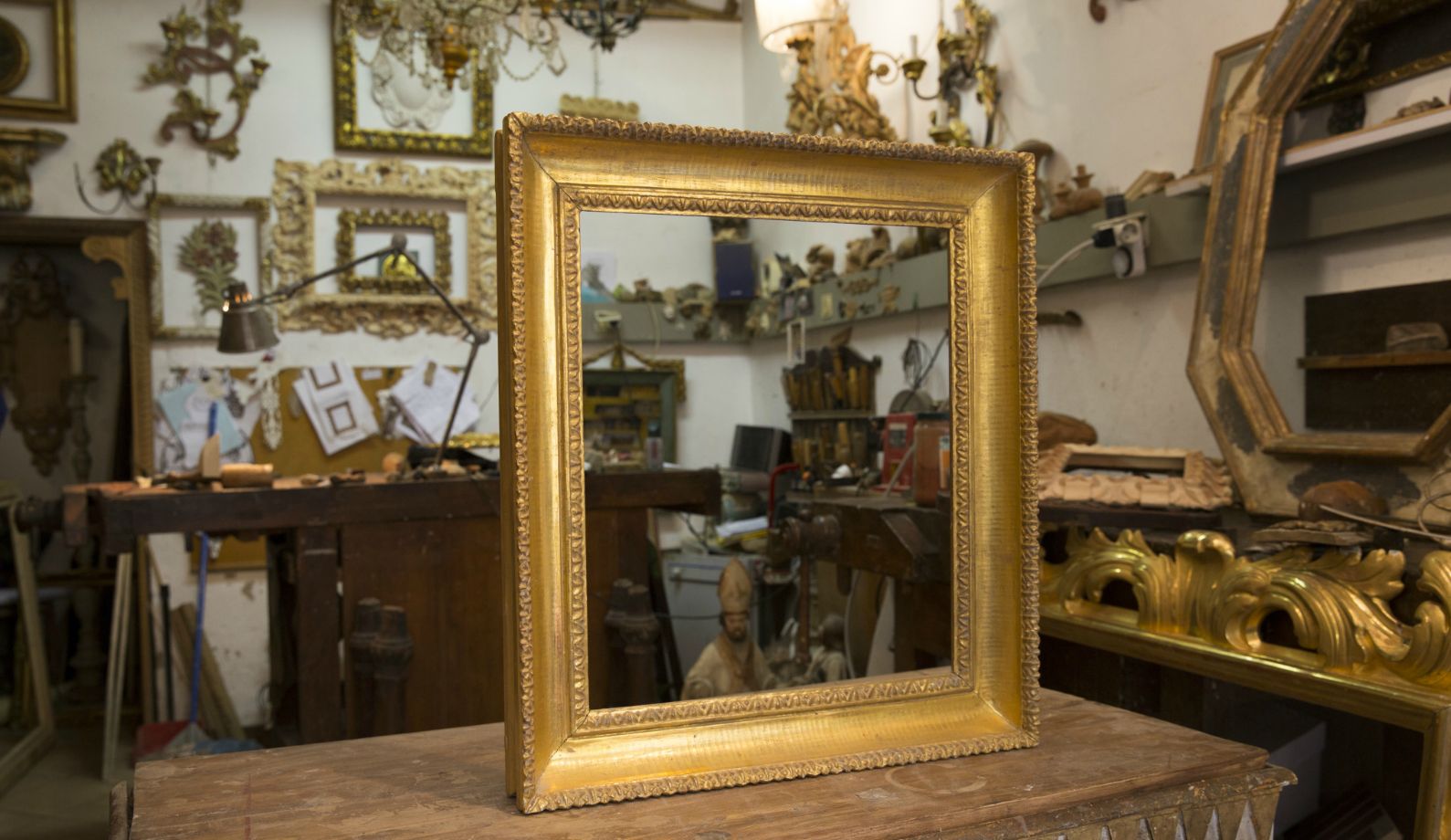
- ShippingRetrieving quote...Ships From: Milan, Italy
- Return PolicyThis item cannot be returned.
- Astronomici TeapotBy FornasettiLocated in Milan, ITRefined zodiac motifs cover this elegant hand-decorated porcelain teapot with gold accents, turning an everyday object into a true collector's item. Any minor discrepancies between s...Category
2010s Italian Tea Sets
MaterialsPorcelain
- Astronomici Decorative PlateBy FornasettiLocated in Milan, ITThe Fornasetti motif of the zodiac characterises this elegant hand-decorated porcelain plate with gold accents: a true collector's item, which you can use as an ornament for table ar...Category
2010s Italian Porcelain
MaterialsPorcelain
- Sole Sugar bowlBy FornasettiLocated in Milan, ITThe sun decoration graces this hand-decorated porcelain sugar bowl with gold accents, transferring Fornasetti's imagery to an object for daily use and thereby transforming it into a ...Category
2010s Italian Platters and Serveware
MaterialsPorcelain
- Set of 6 Astronomici Tea CupsBy FornasettiLocated in Milan, ITThis set of hand-decorated porcelain tea cups with gold accents is adorned with exquisite zodiac designs, making this ensemble a true collector's item. Any minor discrepancies betwee...Category
2010s Italian Tea Sets
MaterialsPorcelain
- XL BowlBy Di Luca CeramicsLocated in Milan, ITDecorative ceramics bowl made with the Naked Raku and Raku technique. The bowl is created by a press mold technique and then finished off on the wheel to give a nice and smooth touch...Category
2010s Italian Decorative Bowls
MaterialsCeramic
- Lithos BowlBy Fos CeramicheLocated in Milan, ITA striking piece of functional decor that will make a statement in any room in the house, this exquisite bowl with lid was crafted of bisque with pink and white enamel. Its unique sh...Category
2010s Italian Decorative Bowls
MaterialsCeramic
- Pearlware Open Sugar BowlLocated in Chapel Hill, NCAn early 19th century strap handled pearlware open sugar bowl with neo-classical designs applied quite simply by hand. Hairline. 4.25" dia., 3" h. Whitehall Antiques is a family bus...Category
Antique Early 19th Century Neoclassical Decorative Bowls
MaterialsPottery
- 1920s Sterling Silver Sugar BowlBy Pairpoint Brothers 1Located in Jesmond, Newcastle Upon TyneAn exceptional, fine and impressive antique George V English sterling silver sugar bowl; an addition to our dining silverware collection This exceptional antique George V sterling silver sugar bowl has a plain circular rounded form, in the 18th century style. The surface of this antique sugar bowl is embellished with an impressive embossed and chased farmyard scene depicting ducks in a pond and a fox chasing a goose, all framed with trees. The decoration to the body incorporates a large vacant cartouche to one side, framed with ornamentation identical to the two aforementioned scenes. The upper rim of the bowl is embellished with an inverted bead decorated border. The bowl is supported by three exceptional cast sterling silver paw style feet accented with an impressive lion mask design in junction with the body; each lion's head segments the two panels and cartouche. The interior of the bowl retains the original gilding. Condition This antique silver sugar bowl...Category
Vintage 1920s British Decorative Bowls
MaterialsSterling Silver
- Crystal Sugar Bowl, France, Circa 1880Located in PARIS, FRCut and engraved crystal and silvered bronze decor sugar bowl and cover.Category
Antique 1880s French Decorative Bowls
MaterialsCrystal, Bronze
- Antique Indian Silver Sugar Bowl, Circa 1900By T.R. Tawker & SonsLocated in Jesmond, Newcastle Upon TyneThis exceptional antique Indian sterling silver sugar bowl has a circular form onto a spreading foot. The body of this exceptional silver bowl is embellished with impressive chased leaf decoration, accented with a central broad interlacing band comprising six panels. Each panel is ornamented with an impressive chased Hindu deity, each surmounting an iconic animal*, including: peacock, elephant and leopard. The raised shoulders of the sugar bowl are encompassed with an applied moulded border accented with leaf designs. This exceptional Indian silver bowl is fitted with an impressive C shaped cast silver handle, realistically modelled in the form of an elephant's head and trunk. The hallmarks struck to the underside of this exceptional sugar bowl include: Maker's mark: T. R. Tawker & Sons Town mark: Madras NOTE: * Each Hindu deity has a 'vahana' which translates as 'that which carries/pulls'. Due to the extensive array of the Hindu gods and goddesses, it can be determined that those displayed on this piece may include: Saraswati or Kartikya (the peacock), Vishwakarma or Indra (the elephant), Vayu (the horse) and Durga (the lion). This impressive antique sugar bowl has been crafted in the same style as the teapot C7531; these pieces would sit very well together as a set. This impressive bowl has been independently tested using state of the art technology (Niton XL2 Analyzer) and verified as sterling silver (925, 925/1000). Condition This antique Indian silver bowl...Category
Antique Early 1900s Indian Decorative Bowls
MaterialsSilver
- 18th Century, Italian Venice Silver Sugar BowlLocated in Firenze, ITSHIPPING POLICY: No additional costs will be added to this order. Shipping costs will be totally covered by the seller (customs duties included). Of circular plain form, the reeded...Category
Antique Mid-18th Century Italian Louis XVI Sterling Silver
MaterialsSterling Silver
- Italian Maiolica Ancient Sugar Bowl, Lodi, 1770-1780By Antonio FerrettiLocated in Milano, ITMaiolica sugar bowl Antonio Ferretti Manufacture Lodi, Circa 1770-1780 Maiolica polychrome decorated “a piccolo fuoco” (third fire). It measures 3.54 x 4.52 x 3.54 in (9 x 11,5 x 9 cm) Weight: 0.394 lb (0.179 kg) State of conservation: small and slight chips on the edges. The small sugar bowl has a swollen and ribbed body resting on a flat base. The cap-shaped lid follows the rib of the container and is topped with a small knob in the shape of a two-colored fruit. The sugar bowl is painted “a piccolo fuoco” (third fire) with the characteristic floral motif of bunches and isolated semis. An example which closely corresponds to this one is kept at the Civic Museum in Lodi (G. Gregorietti, Maioliche di Lodi, Milano e Pavia, Catalogo della Mostra, Milano, 1964 n. 137). This decorative style represented a strong point of the Lodi factory, which established itself thanks to the vivid nature of the colors made possible by the introduction of a new technique perfected by Paul Hannong in Strasbourg and later introduced by Antonio Ferretti to Italy. The production process, called “piccolo fuoco” (third fire), allowed the use of a greater number of colors than in the past; in particular, the purple of Cassius, a red made from gold chloride, was introduced. Its use allowed for many more tones and shades, from pink to purple. The Ferretti family started their maiolica manufacturing business in Lodi in 1725. The forefather Simpliciano started the business by purchasing an ancient furnace in 1725 and, indeed, we have evidence of the full activity of the furnaces starting from April of the same year (Novasconi-Ferrari-Corvi, 1964, p. 26 n. 4). Simpliciano started a production of excellence also thanks to the ownership of clay quarries in Stradella, not far from Pavia. The production was so successful that in 1726 a decree of the Turin Chamber came to prohibit the importation of foreign ceramics, especially from Lodi, to protect internal production (G. Lise, La ceramica a Lodi, Lodi 1981, p. 59). In its initial stages, the manufacture produced maolicas painted with the “a gran fuoco” (double fire) technique, often in turquoise monochrome, with ornamentation derived from compositional modules in vogue in Rouen in France. This was also thanks to the collaboration of painters like Giorgio Giacinto Rossetti, who placed his name on the best specimens next to the initials of the factory. In 1748 Simpliciano made his will (Gelmini, 1995, p. 30) appointing his son Giuseppe Antonio (known as Antonio) as universal heir. After 1750, when Simpliciano passed away, Antonio was directly involved in the maiolica factory, increasing its fortunes and achieving a reputation on a European level. Particularly important was the aforementioned introduction in 1760 of the innovative “a piccolo fuoco” (third fire) processing, which, expanding the ornamental repertoire with Saxon-inspired floral themes, was able to commercially compete with the German porcelains that had one of its most renowned offerings in the naturalistic Deutsche Blumen. Antonio Ferretti understood and promoted this technique and this decoration, proposing it in a fresher and more corrective version, less linked to botanical tables, both with or without contour lines, as well as in purple or green monochrome. After efforts to introduce more industrial production techniques to the sector succeeded, even the Ferretti manufacture, in the last decade of the eighteenth century, started heading towards decline despite its attempts to adapt production to neoclassical tastes. In 1796 the Napoleonic battle for the conquest of the Lodi bridge over the Adda definitively compromised the furnaces. Production resumed, albeit in a rather stunted manner, until Antonio's death on 29 December 1810. (M. L. Gelmini, pp. 28-30, 38, 43 sgg., 130-136 (for Simpliciano); pp. 31 sgg., 45-47, 142-192 (for Antonio). Bibliography G. Gregorietti, Maioliche di Lodi Milano e Pavia Catalogo della Mostra, Milano, 1964 n. 137; C. Baroni, Storia delle ceramiche nel Lodigiano, in Archivio storico per la città e i comuni del circondario e della diocesi di Lodi, XXXIV (1915), pp. 118, 124, 142; XXXV (1916), pp. 5-8; C. Baroni, La maiolica antica di Lodi, in Archivio storico lombardo, LVIII (1931), pp. 453-455; L. Ciboldi, La maiolica lodigiana, in Archivio storico lodigiano, LXXX (1953), pp. 25 sgg.; S. Levy, Maioliche settecentesche lombarde e venete, Milano 1962, pp. 17 sgg.; A. Novasconi - S. Ferrari - S. Corvi, La ceramica lodigiana, Lodi 1964, ad Indicem; Maioliche di Lodi, Milano e Pavia (catal.), Milano 1964, p. 17; O. Ferrari - G. Scavizzi, Maioliche italiane del Seicento e del Settecento, Milano 1965, pp. 26 sgg.; G. C. Sciolla, Lodi. Museo civico, Bologna 1977, pp. 69-85 passim; G. Lise, La ceramica a Lodi, Lodi 1981; M. Vitali, in Storia dell'arte ceramica...Category
Antique 1770s Italian Rococo Ceramics
MaterialsMaiolica
